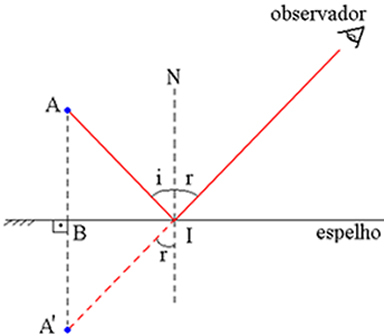THE review it is a textual genre able to transport the meanings of the text for an understanding that is exposed and reproduced based on the perceptions that the reader had of the work. The review is a genre that is inserted in different spheres of society, especially in the academic field.
Read more: Narrative chronicle - genre marked by brief actions with determined time and space
What is a review?
Review is a textual genre that aims to make critical surveys or comments about a book, movie, play, etc. As this is a text that addresses another text, some procedures are necessary so that the authors' voices (from the review and the reviewed work) do not mix.
See an example|1|:
“Alvaro Marchesi's book is instigating in several ways, starting with the title. It is a work that takes up learning problems in their multiple perspectives, showing that it is possible to establish effective policies to face the problem of school failure. [...]
It is always instigating to think that, despite an enormous amount of research on the theme of school failure, so little has changed in recent decades. Álvaro Marchesi helps us to understand the reason for this fact. [...]”
Note that the author provides the reader of the review basic information about the reviewed work, such as its type, its problematizations and its objectives. Also note that the reviewer emphasizes his speech in relation to the author's speech.

Review Types
Descriptive Review: the author only lists information about the reviewed work. In this typology, there is no space for your opinions about the work.
Review: it also carries out surveys on the work, but with a position in relation to it. In this typology, there is room for construction argumentative in relation to the treated theme, even allowing the author to establish, based on it, a thesis. In this way, the critical review allows for a confrontation of ideas between the author of the work and the author of the review.
Review Features
The text needs to present in detail the main information of the work reviewed, see:
book review: it is necessary to present the author, title of the work, publisher, in short, information that locates the reader regarding the bibliography that was the object of the review.
-
Film: after presenting the name and the director of the cinematographic work, survey the topic addressed without narrating the events. Remember: you may or may not insert a critical position in your text, assuming a descriptive review or critical review.
There are countless instruments that can be reviewed. You can review books, films, documentaries, works of art, classes, academic articles. However, the structure of the work's presentation, whatever it may be, will not change, as it is based on the principle of a textual genre that obeys a relatively stable pattern: this is the reference that the reader will have of the reviewed work. It's needed describe the structure of the work as well as the focus of your content. After all, the reader must be aware of the main subject of the reviewed work.
After the second paragraph, it is necessary çconfront information with you arguments and points of view of different authors when it comes to the critical review. Yet, it is necessary toargue critically the crucial points of the work (whether negative or positive).
See too: Minutes - genre responsible for documenting deliberations and discussions
How is a review done?
The composition of a review requires obedience to the following structures:
O introduction paragraph should be brief and contextualize the author, the subject of the work read, its objectives and relevance for a reader who expresses interest in the subject.
The review of a work can express criticism or not. Without criticism, it presents only a survey of the ideas contained in the work. With criticism, in addition to presenting ideas, it also exposes opinions, that is, it indicates positive or negative points, revealing ideologies in speech. These ideological constructions are manifested through quotations in quotation marks (formal quotations).

The reviewer, when writing the text, needs to answer some questions, taking a position and arguing for it. In this way, it can promote some reflections about the work, such as:
- What is missing from the book/film/reviewed work to deepen the subject?
- Is the reviewed work useful for any academic or other work?
- Is the reading enjoyable?
- To whom is this work directed?
Note if the The language used in the work is clear and accessible. and many other aspects that the reviewer may deem important. Generally, the reviewer is someone who knows the subject, through other readings, and assumes the same of the interlocutor. As a result, when commenting on the text, he cites other authors who are references for the topic discussed.
Also access: Communication elements - aspects present in the communicative flow
Difference between summary and review
It is common to have confusion between these two genres, however, it is important to emphasize that the summary integrates the review.
At the abstract, removes from a matrix text only the most important information. It should not contain the author's critical position and relation to other works.
At review, it is about a gathering information in relation to a work. These surveys are articulated and related, as shown. To learn more about this differentiation, read: Ddifferences between review and summary.
Note
|1| Reading, interpretation and textual production./ Maria Divanira de Lima Arcoverde, Rossana Delmar de Lima Arcoverde. – Campina Grande; Christmas: UEPB/UFRN, 2007. Page 7.
by Marcelo Sartel
grammar teacher
Source: Brazil School - https://brasilescola.uol.com.br/redacao/a-resenhauma-forma-recriacao-textual.htm


